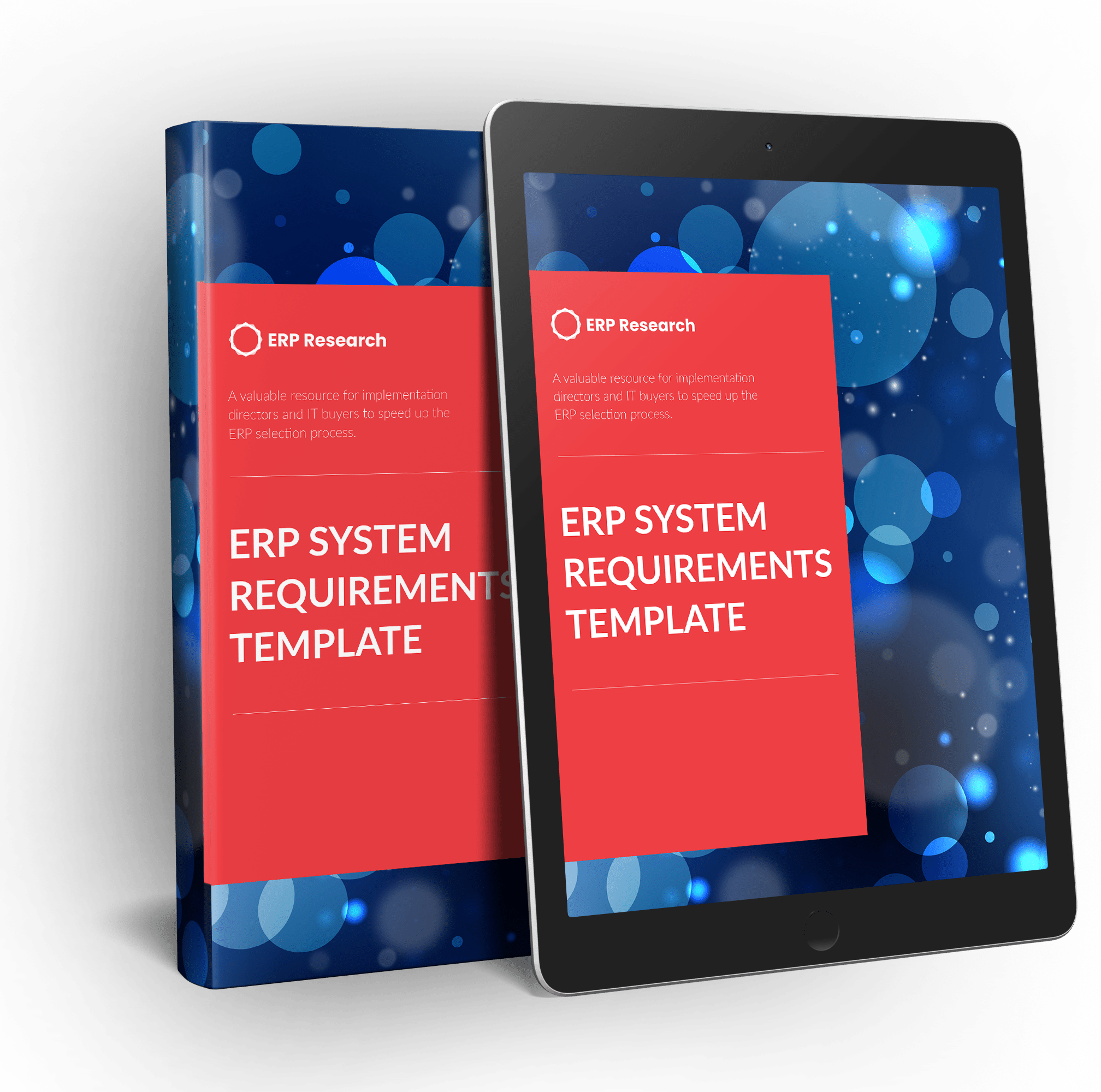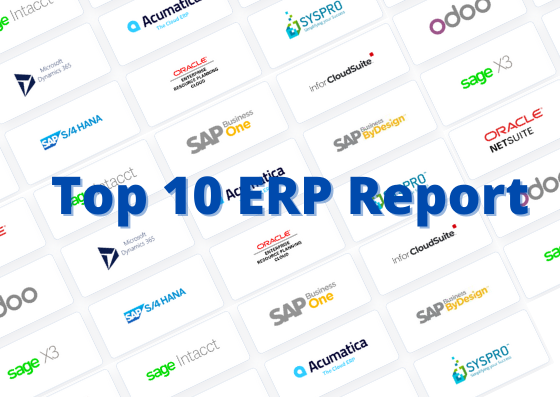
ERP Software Analysis
SAP Business One Reporting, Dashboards and Analytics
SAP BUSINESS ONE REPORTING, DASHBOARDS AND ANALYTICS:
SAP Business One Reporting
Standard Reports
-
Financial Reports:
- Profit & Loss Statements: Detailed income and expenditure reports that can be broken down by department, project, or other dimensions.
- Balance Sheets: Provides a snapshot of assets, liabilities, and equity.
- Cash Flow Statements: Tracks cash inflow and outflow over a specific period.
-
Operational Reports:
- Inventory Reports: Detailed insights into stock levels, turnover rates, and valuation.
- Sales Reports: Information on sales performance, customer segmentation, and product popularity.
- Employee Performance: Metrics on employee productivity, time tracking, and task completion.
-
Compliance Reports:
- Tax Reports: Automatically generated reports that comply with local tax regulations.
- Audit Trails: Detailed logs of all transactions and changes to the database, useful for compliance and auditing.
Custom Reports
-
Field Selection:
- Choose from a plethora of fields like transaction dates, customer IDs, product SKUs, and more.
- Add or remove fields as needed to tailor the report to specific requirements.
-
Filters and Sorting:
- Apply multiple layers of filters to focus on specific data subsets.
- Sort data based on multiple criteria like date, amount, or alphabetical order.
-
Formulas:
- Use built-in functions to calculate averages, sums, or other mathematical operations.
- Create conditional statements to highlight specific data points.
Scheduled Reports
-
Frequency:
- Set reports to run at specific intervals, such as daily, weekly, or monthly.
- Choose the time of day when the report should be generated.
-
Automated Distribution:
- Automatically email reports to a predefined list of recipients.
- Save reports to specific folders or cloud storage for easy access.
Dashboards
Personalized Dashboards
-
Drag-and-Drop Interface:
- Use a simple drag-and-drop interface to add or remove widgets.
- Resize and rearrange widgets to fit your preferred layout.
-
Multiple Dashboards:
- Create separate dashboards for different roles or departments.
- Switch between dashboards with a simple click.
Real-time Data
-
Data Refresh:
- Set the frequency of data updates, from real-time to specific intervals.
- Ensure you're always making decisions based on the most current data.
-
Alerts:
- Set up notifications for specific KPIs or thresholds.
- Receive alerts via email, SMS, or in-app notifications.
Role-Based Dashboards
-
Template Dashboards:
- Use predefined templates designed for specific roles like sales managers, financial officers, or inventory managers.
- Customize templates to better fit your organization's unique needs.
-
Access Control:
- Assign dashboards based on user roles to restrict access to sensitive information.
- Implement multi-level authentication for added security.
Analytics
SAP Business One Analytics
-
Query Language:
- Use SQL-like queries to pull complex data sets.
- Combine data from multiple tables or modules for comprehensive analysis.
-
Data Blending:
- Merge data from different sources, such as external databases or spreadsheets.
- Create unified reports that offer a 360-degree view of business operations.
Data Visualization
-
Interactive Charts:
- Use interactive charts to visualize complex data sets.
- Hover over data points for more detailed information or to access underlying data.
-
Dashboard Integration:
- Embed analytics directly into dashboards for a seamless user experience.
- Toggle between summary views and detailed analytics without switching platforms.
Pivot Tables
-
Aggregation Functions:
- Use functions like SUM, AVERAGE, and COUNT to summarize data.
- Apply these functions to specific columns or rows for targeted insights.
-
Drill-Down Capabilities:
- Click on specific data points to view underlying transactions or details.
- Use this feature for in-depth analysis and troubleshooting.
Business Intelligence Tool Integration
-
Direct API Integration:
- SAP Business One offers APIs that allow for seamless integration with popular BI tools like Tableau and Power BI.
- Use these APIs to pull real-time data into your BI platform for advanced analytics.
-
ODBC/JDBC Connectors:
- Connect to SAP Business One databases using standard ODBC or JDBC protocols.
- Write SQL queries to pull specific data sets into your BI tool for further analysis.
-
Third-Party Middleware:
- Use middleware solutions like Dell Boomi or MuleSoft to handle complex data transformations and integrations.
- These platforms offer pre-built connectors and a graphical interface for easier setup.
-
Pre-Built Connectors:
- Some BI tools offer out-of-the-box connectors specifically designed for SAP Business One.
- These connectors simplify the integration process and reduce the need for custom development.
By leveraging these advanced features, businesses using SAP Business One can gain a comprehensive, real-time view of their operations, enabling data-driven decision-making across the organization.


